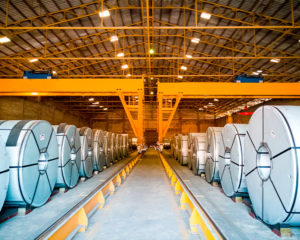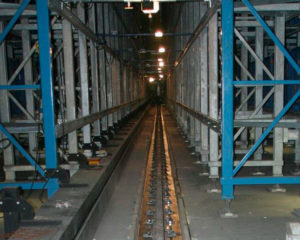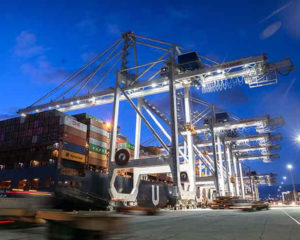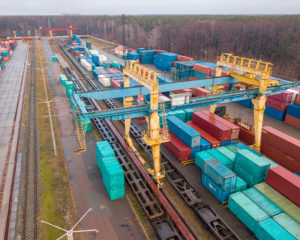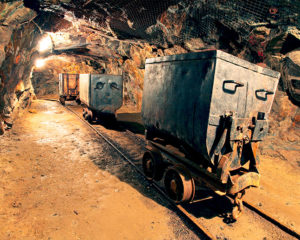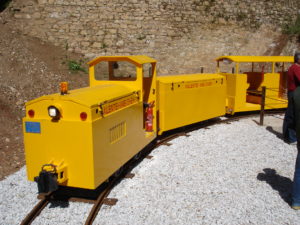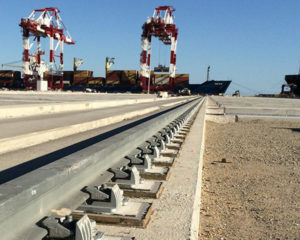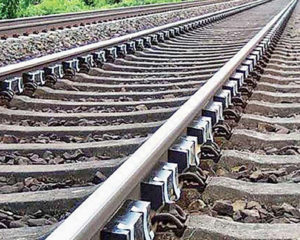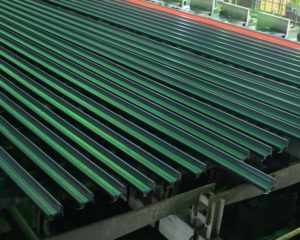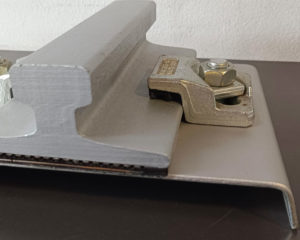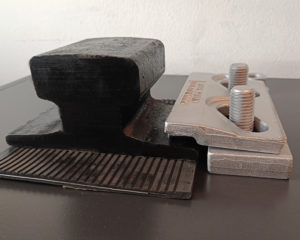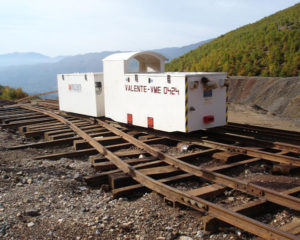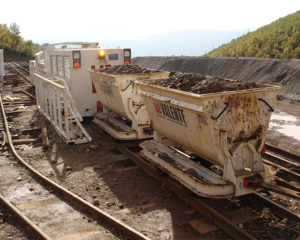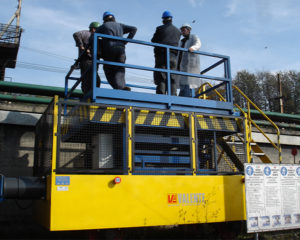CRANE RAIL STEEL CHARACTERISTICS
Crane rail steel is designed to give high wear resistance with a suitable tensile strength.
The normal range of tensile strength is from 550N/mm2 to 1100 N/mm2.
Most rails used are from 700/N mm2 to 900 N/mm2.
The valves values have a range of hardness from 180 HB to 320 HB.
CRANE RAIL WORKING METHODS
Crane rail steel contains a higher quantity of carbon than usual rail steel. Therefore, special types of welding materials and methods were developed to satisfy these requirements.
The following welding methods are generally used for crane rail:
FLASH BUTT WELDING
As special equipment is needed for this type of • welding, normally the rails are welded in a steel mill before delivery to the job site.
ENCLOSED ARC WELDING
This method is used to join large steel cross sections like crane rail.
Using this method, these are the steps:
The copper strip helps control the welding arc and will be fully enclosed during the welding process.
Electrodes:
Normally, 5 or 6mm diameter electrodes are used for high current welding.
Special electrodes have been developed for this purpose.
Special instructions must be followed to carry out this type of welding and only done by professional welders.
THERMIC WELDING
In this welding method, special methods are needed:
Enclosed arc welding is cheaper than thermic welding but thermic is quicker.

